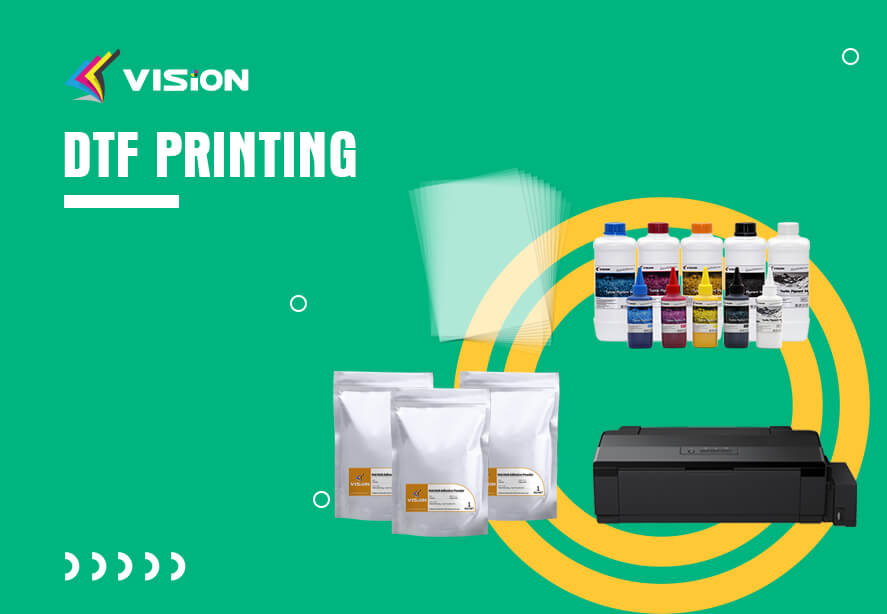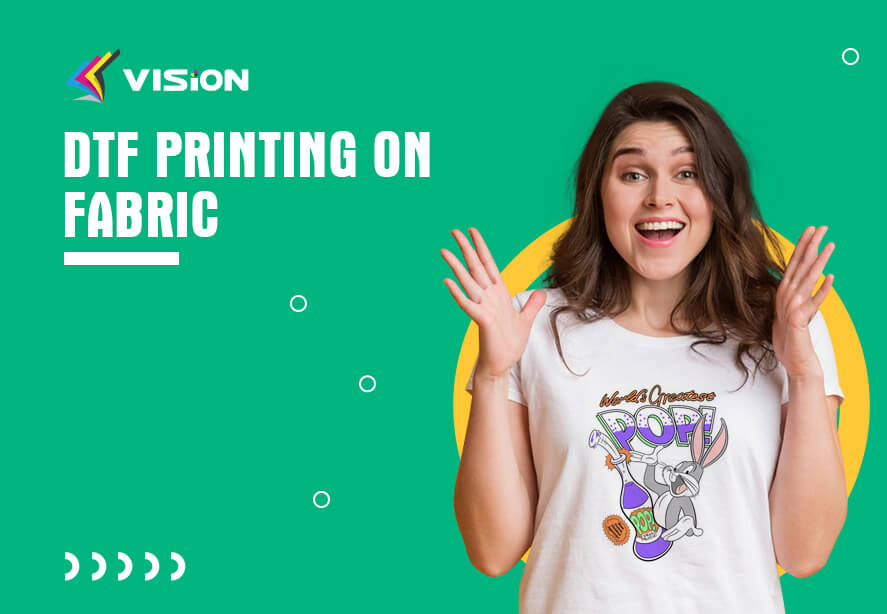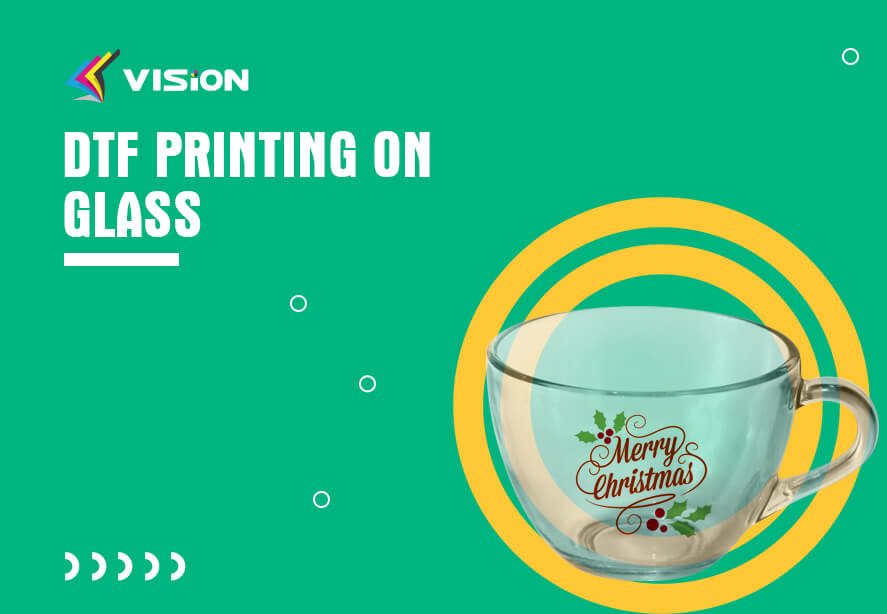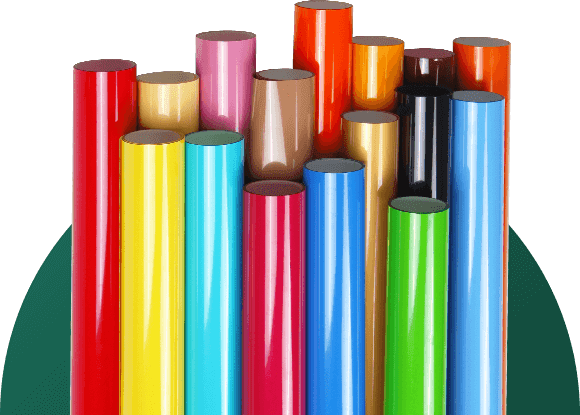In the realm of digital fabrication, technology continues to push the boundaries of what is possible. One such breakthrough that has revolutionized the world of printing is DTF (Direct to Film) printing. DTF printing is an innovative technique that allows artists, designers, and entrepreneurs to bring their ideas to life with incredible precision and versatility. In this blog post, we will explore the process of DTF printing and how it has unleashed creativity like never before.
Traditional printing methods, such as screen printing and direct-to-garment (DTG) printing, have their limitations. Screen printing requires the creation of screens for each color, making it time-consuming and expensive for small-scale production. On the other hand, DTG printing can struggle with printing on certain fabrics and may result in less vibrant colors.
Enter DTF printing, a game-changer in the industry. With DTF, the design is printed onto a special heat transfer film, which is then applied directly to the desired surface, be it fabric, wood, glass, or even metal. This process offers several advantages over traditional methods and has opened up a world of possibilities for creative expression.
One of the key benefits of DTF printing is its ability to reproduce intricate details with remarkable accuracy. The film used in DTF printing is thin, allowing for high-resolution designs to be transferred onto various surfaces. Whether it’s a complex artwork or a finely detailed logo, DTF printing captures every nuance, ensuring a stunning end result.
Furthermore, DTF printing offers vibrant and long-lasting colors. The inks used in DTF printing are formulated to bond strongly with the surface, resulting in excellent color retention over time. This durability makes DTF printing suitable for a wide range of applications, including apparel, home decor, promotional items, and more.
DTF printing also offers great flexibility and versatility. Unlike screen printing, which requires separate screens for each color, DTF printing can reproduce full-color designs in a single print. This eliminates the need for multiple setup stages and reduces production time and cost. Additionally, DTF printing can be applied to a variety of materials, allowing for creative experimentation and innovation.
The process of DTF printing is relatively straightforward. First, the design is prepared digitally using specialized software. The design is then printed onto the DTF film using a DTF printer, which uses a combination of inks and adhesives to create a vibrant and adhesive layer. Once printed, the film is transferred onto the desired surface using heat and pressure, resulting in a permanent and visually striking print.
The impact of DTF printing is already being felt across various industries. Fashion designers are embracing DTF printing to create custom patterns and designs on garments, enabling them to offer unique and personalized products. Interior designers are using DTF printing to add intricate and visually captivating details to furniture, wallpaper, and other decor items. Even entrepreneurs and small business owners are leveraging DTF printing to bring their branding and promotional materials to life in a cost-effective manner.
Here is a video for DTF Printing Step-by-step Tutorial
If you want to know more information about DTF printing,please contact us anytime.
In conclusion, DTF printing has revolutionized the way we unleash creativity in the digital age. Its ability to reproduce intricate details, vibrant colors, and its versatility across various materials have made it a preferred choice for artists, designers, and entrepreneurs alike. With DTF printing, the journey from idea to reality has become more accessible, empowering individuals to express their creativity and turn their visions into tangible, visually stunning creations. As this technology continues to evolve, we can only imagine the limitless possibilities it holds for the future of printing and design.





